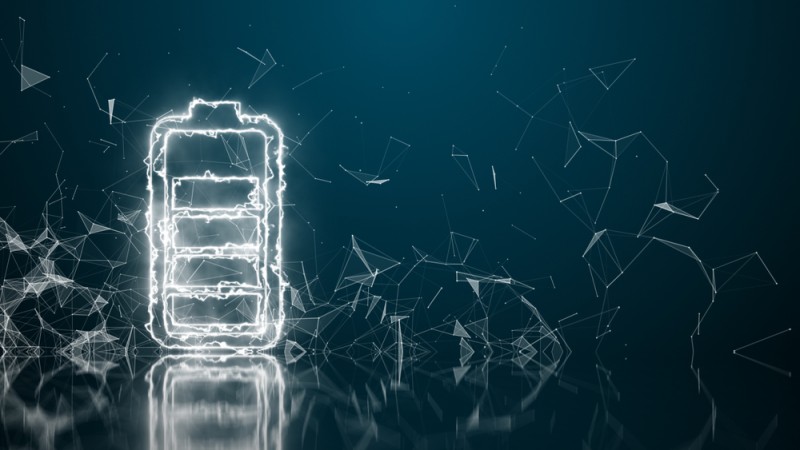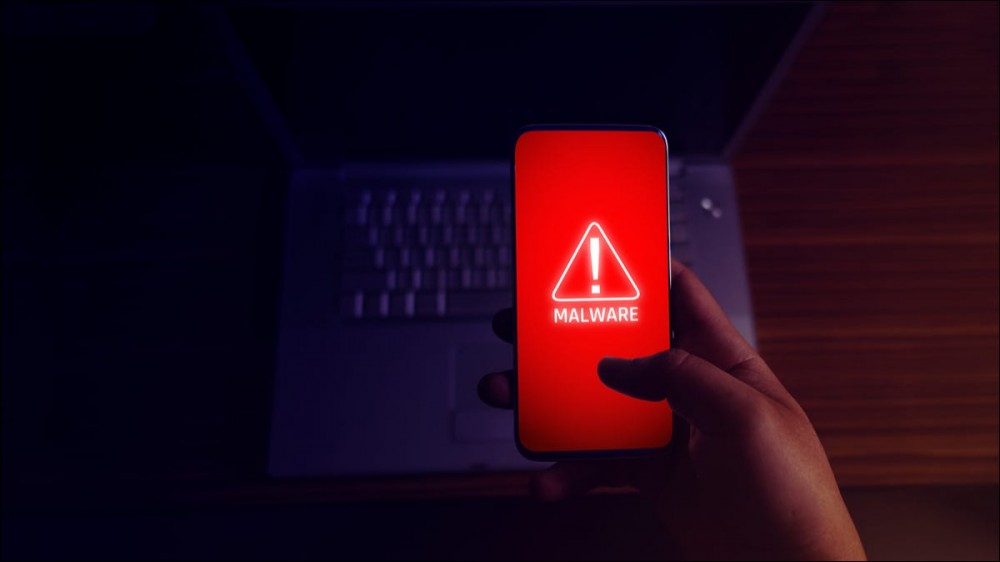5G
is here and telecom networks are undergoing three major changes: new spectrums
and technologies, many new sites, and mobile edge computing (MEC). 5G uptake by
more industry verticals will also see more network infrastructure shared. So,
what does all this mean for telecom energy? To provide a reference point for
constructing future infrastructure, we’ve identified 10 energy trends that
operators need to understand
Trend 1: Energy Digitalization
Key point: 90% of sites worldwide will achieve energy
digitalization.
5G has seen the number of sites skyrocket, which complicates O&M, increases OPEX, and eats into operators’ profits. Energy digitalization is crucial to simplifying O&M and reducing site O&M costs. Thanks to digital sensing, control, and processing technologies, around 90% of sites worldwide will be able to boast digitalized energy by 2025, making it possible for operators to build simplified, green, autonomous driving networks.
Read more: Moving Towards Autonomous Driving Networks
Trend 2: Going Green
Key point: Adopting green energy saves energy and cuts emissions.

To cope with climate change and help achieve the UN’s Sustainable Development Goals (SDGs), many global operators have adopted strategies for saving fuel, reducing maintenance, eliminating diesel generators network-wide, and lowering carbon emissions. Investment in green energy is on the rise and new energy technologies, such as photolvaic PV, wind energy, hydrogen fuel cells, and lithium batteries, are maturing. Although these technologies require relatively high initial investment, operators are accepting this burden due to the inherent advantages of green tech: low carbon emissions, zero maintenance, and low electricity costs.
Trend 3: Lithium Batteries
Key points: Lithium batteries will replace lead-acid
batteries; batteries will be increasingly used as a power source rather than
backup energy.

5G has doubled the power consumption that sites use, which in turn requires an energy storage system with higher energy density. And, with five times the lifecycle and twice the float charge of lead-acid batteries, lithium batteries are the perfect choice. These advantages also mean that lithium batteries are far more cost-effective, and they will become more so: the price of lithium batteries will drop by 30% over the next couple of years to become roughly the same as lead-acid batteries by 2022. Lithium batteries’ cycle feature enables “peak shaving”, which can avoid mains capacity expansion and reconstruction, and enable elastic electricity pricing, which can be staggered to reduce electricity fees.
Read more: How Smart Lithium Batteries Can Boost 5G Bottom Lines
Trend 4: Telecom Energy Will Permeate Various Industries
through 5G
Key point: Different enterprise-level scenarios require flexible power supply solutions.
5G
will bring base station devices into various enterprise-level application
scenarios, including ports, mines, electric power, transportation, universities,
hospitals, and communities. More application scenarios require a diverse range
of telecom energy solutions. These solutions will be digital, modular, and
flexible.
Trend 5: ICT Power Supply Will Converge
Key point: ICT convergence requires diverse power supply
solutions.
The
popularization of 5G has in turn powered AI and spurred IT companies to use CT networks
to develop various applications, further fueling IT and CT convergence. This
transformation raises requirements on power supply and backup on original sites
and equipment rooms. Telecom energy needs to support power supply, backup power
assurance, heat management, space management, and cabling management of both CT
and IT devices. However, this will also create O&M challenges.
Trend 6: AI Collaboration
Key point: NE- and AI-collaborated modeling will achieve optimal TCO for energy networks.
AI
collaboration technology will be crucial to solving the problem of high O&M
and energy costs. The application of AI collaboration technology in telecom
energy includes AI algorithm modeling to optimize site resource configuration
for sliced networks, optimized energy efficiency, and AI analytics to power autonomous
driving networks.

Trend 7: Full-Stack Simplification
Key point: A shift will occur towards simplified end-to-end and full-lifecycle energy networks.
In
the future, connections will be ubiquitous, more spectrums will be put into
use, and site density will increase. 5G energy systems, from sites to bearer
networks and core networks, will increase in size and complexity, which will require
simplified deployment and TCO control methods. Simplified, end-to-end, and
full-lifecycle energy network technologies, such as one cabinet for one site,
one blade power for one site, and autonomous driving networks, will be widely
applied. These features will greatly improve the efficiency of site deployment
and capacity expansion, simplify energy O&M, and achieve simplified energy
networks.
Trend 8: Multi-pattern Architecture
Key point: Multi-pattern architecture will respond to the
increase in diversity of power inputs and outputs.
Most
current power supply systems do not support multi-pattern input or output. However,
different energy conversion devices need to be combined into one system. These
systems tend to be large and inefficient, and require multiple interfaces for maintenance.
Device costs and O&M cost are also high. Multi-pattern architecture can
boost system density and efficiency, simplify deployment, and enable smarter
O&M.
Trend 9: Higher Efficiency
Key points: Rectifier efficiency will be pushed to the extreme;
site-level and network-level efficiency will become more important.
The
efficiency of telecom power systems is mostly improved at the rectifier level
and, for mainstream vendors, today’s efficiency rests between 90% and 98%. This
will soon increase to between 98% and 99%, which in practice means 50% less
rectifier loss. However, site-wide energy consumption mainly occurs in the
power generation system, temperature control system, and power supply line.
Operators will prioritize optimizing site-level and network-level energy
efficiency. Efficient heat exchange and natural heat dissipation solutions will
replace air conditioners to become the mainstream heat management solution.
Trend 10: Trustworthiness
Key point: Trustworthiness technologies will become an integral part of telecom energy.

AI
has pushed telecom energy to evolve from isolated sites to energy networks.
Diverse power supply and backup requirements, complex deployment scenarios, and
digital network environments require greater trust in energy networks. That
will push trustworthiness technologies to the forefront of telecom energy
priorities, including safety, reliability, availability, security, privacy, and
resilience.
Article Source: HuaWei
Article Source: HuaWei
Disclaimer: Any views and/or opinions expressed in this post by individual authors or contributors are their personal views and/or opinions and do not necessarily reflect the views and/or opinions of Huawei Technologies.






